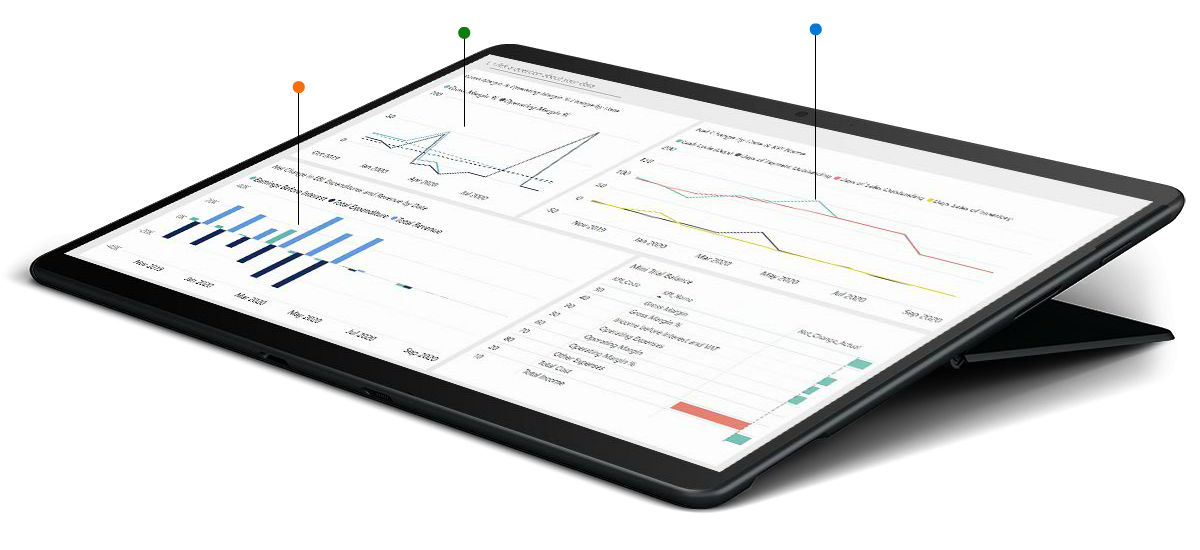In 2015 Power BI was released. Since then, it has stretched like a bush fire. It has become a significant tool for countless organizations, bringing data from everywhere and combining it to power real-time outcomes. Clients have generated over 11.5 million data models wide-reaching, with 30,000 more added on a daily basis since its release.
Data model Developing with Power BI is effortless and rapid. User do not need to roll out data into several table. Once you’ve dragged in data from numerous resources, one can form a model by merely linking tables applying relationships. Though, terrific flexibility comes from great accountability. It is very questionable that the resource data is already extremely well-defined for the sort of analysis the user would like to perform. If the users only link up source tables with relationships, devoid of following data modelling standards, too frequently this will cause in complicated models of data that are high-priced to keep. If the number calculating does not match up, or if the DAX procedures are very complicated to retain, users will most likely have got an issue in a data model. A data model is like the groundwork for your home, make it right and the consequent construction, and the home itself, will be of good quality.
Data modelling is a fundamental expertise that anyone thought-provoking in developing BI reports should understand. Being a great data modeller means being capable to match up your particular model with one of the various distinct configurations that have previously been learned and resolved. A wonderful presentation to this matter is the book: Analyzing Data with Power BI and Power Pivot for Excel, written by M. Russo and A. Ferrari. Nevertheless, to turn out to be a excellent data modeler user will need knowledge, which means you may perhaps have to endure several breakdowns as you find out.
The main key data modelling decision is granularity, i.e. the intensity of detail in tables. User must have the proper degree of granularity to meet up reporting demands. If granularity is extremely rough user will not be skilled to obtain the data, user would like. Furthermore, very well granularity involves bigger and unhurried datasets, and theoretically intricate DAX formulas. For example, if your Sales table includes data for the specific operations but you only require reporting by month, quarter and year, the precise level (or granularity) would be a calendar month.
A further significant data modelling decision is the degree of normalisation. The most frequent reporting data sources are operational systems, such as Dynamics NAV. An operational system immediately supports the implementation of a business procedure by acquiring details regarding significant business outcomes or operations. Hence, operational databases are extremely normalised and enhanced for insertion and update operations. Though the focus of the operational system is the implementation of a business procedure, the BI system, such as Power BI, supports the evaluation of the procedure. Interface with a BI system takes place completely through and through queries that just recall data about business procedures. When users only read out data, normalisation is infrequently a good practice. The performance of the database is improved when there are a small number of joints involved.
Dimensional modelling has been announced as an immediate retort to the exclusive needs of BI systems. A star schema is the humblest structure of a dimensional model, in which data is categorized into statistics and dimensions.
Conclusion
Automatic analytics gizmo plays a crucial title role in business and helps out to examine gigantic data. Power BI is a business intelligence and analytical tool to competently scrutinise and envisage massive volumes of data. From this blog, we have discovered a bit of data modelling, its usage, and how it can effectively make the preferred end result in Power BI. But with the help of Power BI and DAX Expression, we evaluated our preferred data and pictured it in a superior way. Power BI is inexpensive business analytics means when used efficiently.


